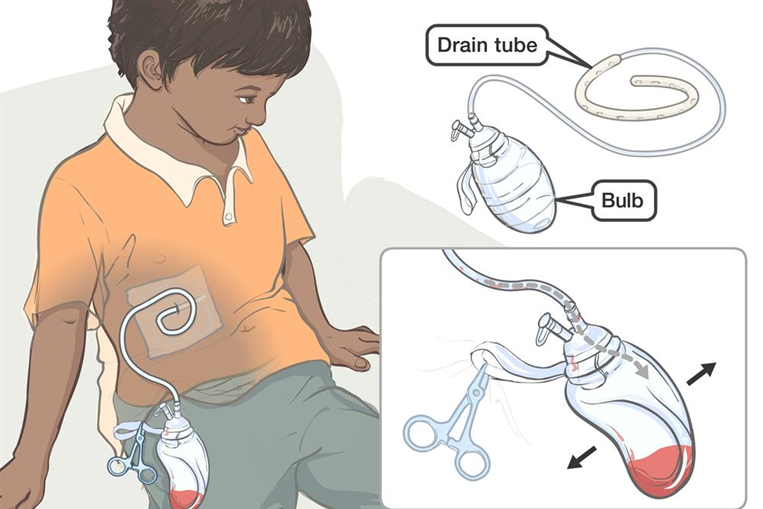A nurse is assisting with the care of a postoperative client who is receiving a unit of packed RBCs. Which data should the nurse recognize as an indication of a septic reaction to the blood transfusion?
Hypertension
Distended neck veins
Polyuria
Vomiting
The Correct Answer is D
Choice A reason: Hypertension is not a sign of a septic reaction, but rather a sign of a hypertensive or circulatory overload reaction to the blood transfusion.
Choice B reason: Distended neck veins are not a sign of a septic reaction, but rather a sign of a circulatory overload or cardiac failure reaction to the blood transfusion.
Choice C reason: Polyuria is not a sign of a septic reaction, but rather a sign of a hemolytic or renal failure reaction to the blood transfusion.
Choice D reason: Vomiting is a sign of a septic reaction, which occurs when the blood transfusion is contaminated with bacteria. Other signs of a septic reaction include fever, chills, hypotension, and shock.
Nursing Test Bank
Naxlex Comprehensive Predictor Exams
Related Questions
Correct Answer is D
Explanation
Choice A reason: Maintaining the client on bed rest is not an appropriate action, as it can increase the risk of thromboembolism, infection, or atelectasis after surgery. The nurse should encourage early ambulation and exercise as tolerated by the client.
Choice B reason: Decreasing the client's fluid intake is not an appropriate action, as it can cause dehydration, constipation, or impaired wound healing after surgery. The nurse should encourage adequate hydration and nutrition to promote recovery and drainage.
Choice C reason: Applying cold compresses to the site is not an appropriate action, as it can cause vasoconstriction, inflammation, or pain at the site. The nurse should apply warm compresses to the site to facilitate drainage and reduce swelling.
Choice D reason: Placing the right leg in a dependent position is an appropriate action, as it can promote gravity-assisted drainage from the site and prevent fluid accumulation or infection. The nurse should place the drain below the level of the wound and secure it to prevent dislodgment or tension.

Correct Answer is B
Explanation
Choice A reason: Providing the client with small-handled adaptive utensils is not necessary for a visually impaired client. The client may prefer to use their own utensils or regular ones that they are familiar with.
Choice B reason: Describing the food placement as though the plate were a clock is a helpful technique to orient the client to their meal and avoid spills or accidents. The nurse should also ask the client about their preferences and needs before serving the food.
Choice C reason: Discouraging conversations during the client's mealtime is not appropriate for a visually impaired client. The nurse should encourage social interactions and respect the client's dignity and autonomy.
Choice D reason: Arranging for an assistive personnel to feed the client is not indicated for a visually impaired client. The nurse should promote the client's independence and self-care abilities as much as possible.
Whether you are a student looking to ace your exams or a practicing nurse seeking to enhance your expertise , our nursing education contents will empower you with the confidence and competence to make a difference in the lives of patients and become a respected leader in the healthcare field.
Visit Naxlex, invest in your future and unlock endless possibilities with our unparalleled nursing education contents today
Report Wrong Answer on the Current Question
Do you disagree with the answer? If yes, what is your expected answer? Explain.
Kindly be descriptive with the issue you are facing.
